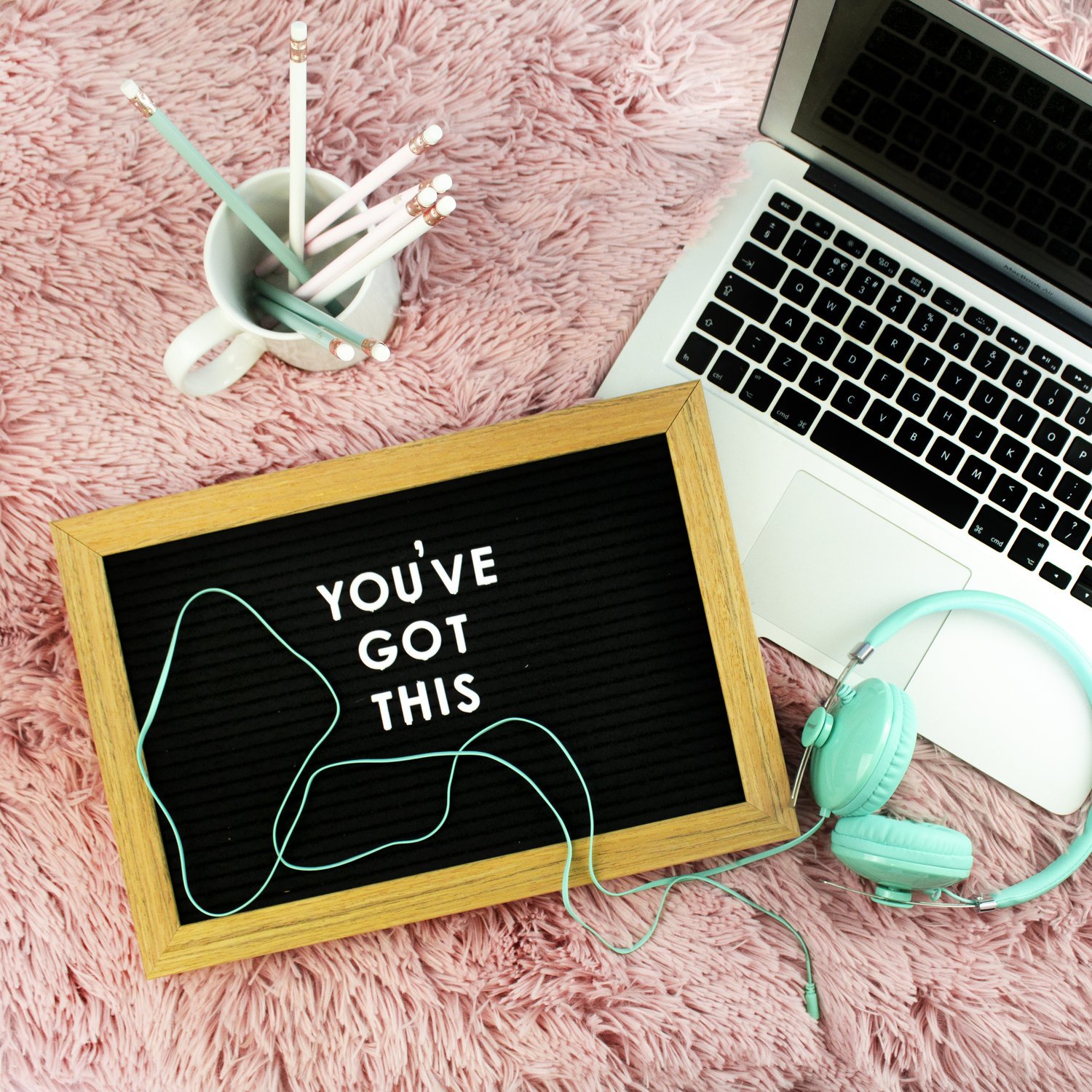Avoid the busyness trap and get more done
Sometimes you have to slow down to speed up.
“I’m so busy – you?”
“Sorry for the late reply, life is a bit hectic at the moment!”
“Next week is looking crazy. How about next month?”
If you feel busy all the time, you’re not alone. Plus, you’re on trend.
Busyness is now a status symbol. Having too much on your plate is not only the new normal – it’s the new humblebrag.
But if busy is the new black, what are the implications for our health?
The busyness trap
Our desire to be busy is paved with good intentions, suggests Harvard researcher and professor Matthew Lieberman.
In his book Social: Why Our Brains Are Wired to Connect, he writes:
“Being busy can possibly offer us a sense of assurance that we have secured a social place within our community. We see ourselves as plugged in, connected, and valued and assume other people likely see us the same way as we continue to demonstrate our excessively busy behaviour.”
However, there’s a fine line between being productive and glorifying busyness.
When you’re productive, you’ll probably feel energised, focused, and connected to the task at hand and the people around you.
But when you’re trapped in a cycle of busyness, you may feel anxious, stressed, overwhelmed, lonely, frustrated, angry, or guilty.
So, how do you walk the line between healthy productivity and unhealthy overwhelm?
Slow down to speed up
If you have too much on your plate, you might try to create a bigger plate. You’ll get more done if you spend less time sleeping, eating, and socialising, right?
Not really.
Boosting productivity is very counterintuitive for most people.
Countless studies have found that productivity is linked to getting enough rest and leisure time. Many productivity experts swear by strategies such as the ‘Pomodoro Technique’, whereby you take a short break every 25 minutes and a longer break every two hours.
There are also strong links between productivity and mindfulness. Studies suggest that meditation does wonders for improving mental clarity.
As scary as it feels to slow down, it might be the best thing for your mind – and your to-do list.
Simple ways to slow down
The following are some ideas for things you can do to slow down a little. Small steps can make a big difference.
Please note: there is no one-size-fits-all approach to reducing busyness. For example, meditation might work for some people and trigger anxiety in others. You may need to try a few techniques to discover what works best for you.
Meditate
Sitting in stillness for ten or more minutes a day is a time-efficient way to improve productivity and feel less overwhelmed. It may also be great for your nervous system and inspire a sense of calm.
Set boundaries around screen time
Screens are huge time wasters. One glance at your smartphone can lead to half an hour of scrolling. Setting clear boundaries around screen time will help you feel more in control. Try turning off your smartphone for an hour a day to completely remove the distraction and free up your mind to focus on other things.
Journal
Freewriting in a journal can be excellent for some people’s mental health. It’s a great way to get thoughts out of your head and onto paper. It also encourages reflection, which may help you to become more self-aware.
Embrace white space
Does the thought of blank space in your calendar fill you with dread? Rather than rushing to fill it with a pre-scheduled task or activity, leave it blank and see how you feel on the day. If possible, give yourself permission to relax and do things purely for joy, not productivity. Think of white space as breathing room or the opportunity to be spontaneous.
Spend time in nature
A hike through native bush or a stroll along the beach is good for the mind, soul, and body. Spending time in nature is also proven to enhance productivity at work. You don’t have to get off the grid to experience the benefits – a quick walk around your local park or a few quiet moments looking out to sea can do wonders for your mood.
Let your mind wander
When was the last time you allowed yourself to daydream? Daydreaming used to be part of everyday life, found in moments like waiting for the bus to arrive or queuing at the bank. Now, most of us look at our smartphones during these small pockets of downtime and rob ourselves of the chance to enjoy a mini-meditation or to reflect on recent events.
Give yourself space to start your day
Do you look at your phone within moments of waking up? Checking emails or social media too early in the day can contribute to feelings of distress. Try to give yourself an hour to begin each day on your terms.
Track your time
If you try all of the above techniques and still feel consumed by busyness, try using a time-tracking tool to record your every moment. Knowledge is power, and tracking your time will show you exactly where your time is being spent, allowing you to make some strategic decisions moving forward.
Remember: You’re more than your to-do list
Busyness is so common because many people associate ‘doing’ with a sense of worthiness. But you’re just as worthy when you’re meditating or sleeping as you are when you’re crossing items off your list.
One of the best things you can do for your family, workplace, and your contribution to the world is to give yourself the gift of stillness.

